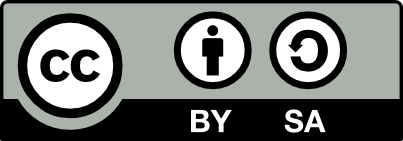Archives
International Journal of Zoology and Applied Biosciences Research Article

Food and feeding habits of chaetognaths from Parangipettai coastal water, Southeast Coast of India
K. Balamurugan, P. Sampath Kumar, V. Ashok Prabu and G. Senthil Kumar
Year : 2018 | Volume: 3 | Issue: 5 | Pages: 396-404
Received on: 03/23/2018
Revised on: 07/30/2018
Accepted on: 07/27/2018
Published on: 10/13/2018
-
K. Balamurugan, P. Sampath Kumar, V. Ashok Prabu and G. Senthil Kumar( 2018).
Food and feeding habits of chaetognaths from Parangipettai coastal water, Southeast Coast of India
. International Journal of Zoology and Applied Biosciences, 3( 5), 396-404.
-
click to view the cite format
Abstract
An investigation was carried out to know the food and feeding habits of Chaetognaths from Parangipettai coastal waters. The samples were collected and preserved immediately in 4% borax –buffered formalin – seawater (vol. /vol.). Totally, 12 Chaetognatha species were identified in this study. Among them, genera Pterosagitta, Krohnitta and Sagitta were dominant. Totally, 5719 chaetognaths individuals were analyzed to know the gut contents. Only 281 (4.9%) individuals have been found with food content and the remaining 5438 (95.1%) individuals had only empty guts. The food containing ratio (FCR), Number of Prey items Consumed (NPC) and Cannibalism were also analyzed. The maximum prey item was examined in Sagitta enflata and the minimum in S. neglecta and Krohnitta pacifica. Totally 705 numbers of preys were recorded during the study of which, the maximum (147 numbers) preys were observed during summer season and the minimum (23 numbers) in monsoon season. The maximum preys were copepods and the minimum prey was Lucifer sp. From the overall observation, the prey animal Paracalanus parvus was the most important prey for all the chaetognath species except the Sagitta regularis. The most frequently identified prey items were the copepods viz. Oncaea sp. and Microsetella sp. which could be easily identified as they undergo low degree of digestion in the facilitating measurement and classification. Other species such as Paracalanus parvus, Centropages brachiatus, Acartia tonsa, Oithona sp. and Corycaeus sp. were present in most cases. These could be identified easily by the mandible blade which was quite evident even during the advanced stage of digestion. The mean prey size was dependent on the total length of chaetognaths species.
Keywords
Food and feeding, Chaetognaths, Pterosagitta, Krohnitta and Sagitta, FCR, NPC, Cannibalism.











